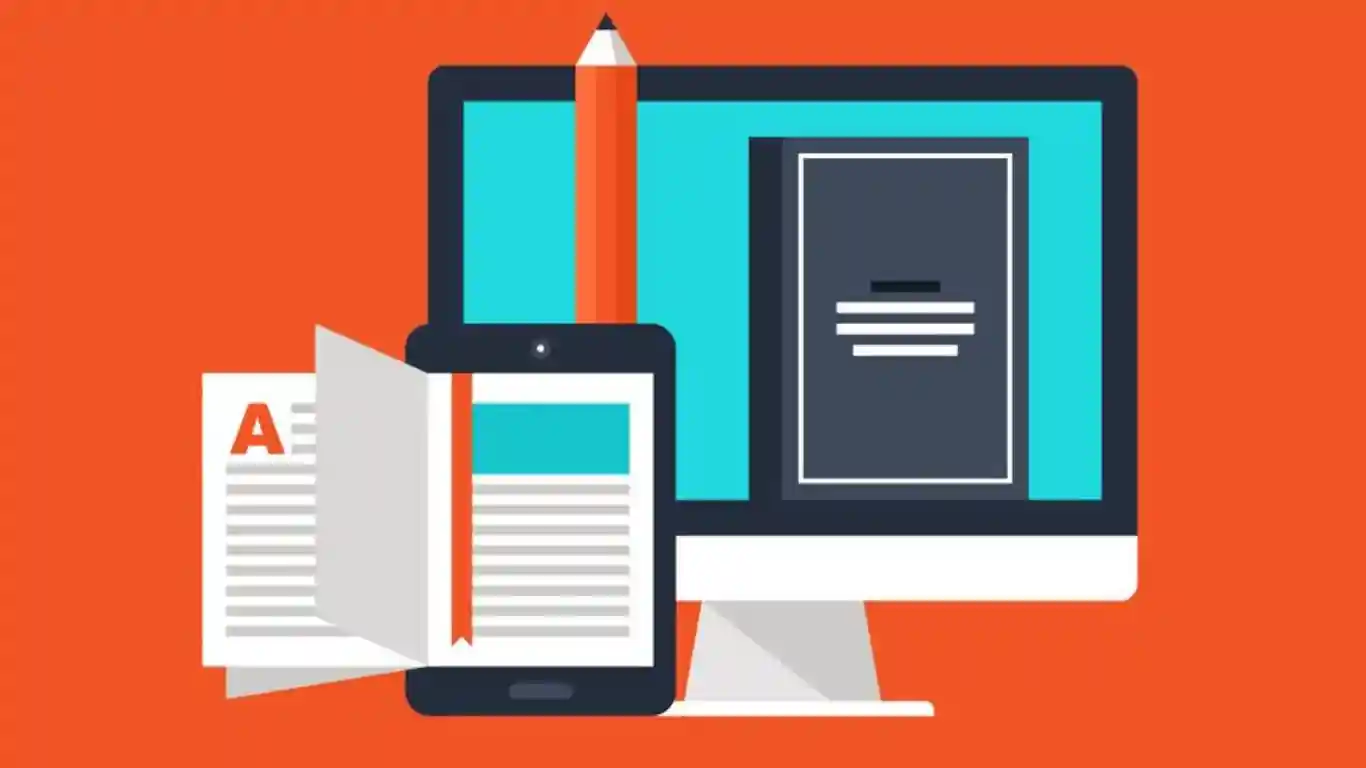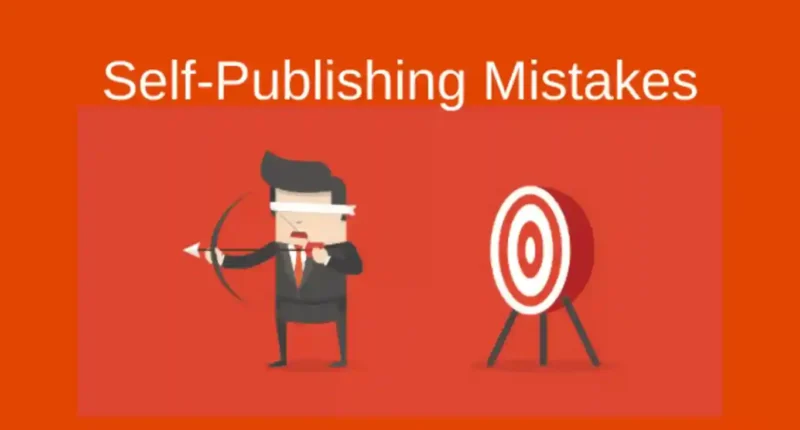10 Major Self-Publishing Mistakes to Avoid: Every new endeavour comes with a learning curve. However, that curve can be quite steep when it comes to self-publishing your book. You want to make sure you do everything correctly—or at the very least as correctly as you can—after investing all that time and effort into writing (and possibly even drawing) your book. The bright side of this is that many authors have already learned from their mistakes and have been kind enough to share both their struggles and their triumphs. In other words, you are in the incredibly privileged position of being able to draw lessons from the mistakes and successes of others to make your own experience better.
10 Major Self-Publishing Mistakes to Avoid
Cutting corners with cover art
First impressions are everything when it comes to booking sales; they are crucial. Many authors choose to make their front covers to save money. Unfortunately, choosing the DIY approach could result in a sales disaster unless you have experience in book production and solid design skills. There are various ways to use your own hard-earned money to invest in your book, but hiring a reputable book designer with experience will give you the most return on your investment; look into companies like Damonza. A polished, expert and visually striking book cover is worth its weight in gold (by which we mean “sales”); this is very much a “get what you paid for” situation.
Failing to optimize the book description
You receive a page from each shop outlining your book for potential readers. Make your initial impressions count once more because nothing will make your readers leave your description faster than it being dull, rambling, or boastful. Reading as many book descriptions as you can in the genre of your book is the greatest approach to practice writing them; you’ll soon discover a similar writing style and what kinds of narrative details are highlighted. Plan to spend some time browsing your favorite online book shop or spending some time at your local library or bookstore reading book jackets.

Inadequate market research and analysis
Between 600,000 and 1,000,000 novels are reportedly self-published annually, according to Forbes. That’s a lot. You should research which books are selling the best (and more importantly, why), what people want to read right now, who your target audience is, and how to reach them, as well as whether there is any competition, to obtain the most leverage for selling your book.
Neglecting to edit (or bypassing it entirely)
Editors are hyperliterate; they can easily identify typos, spelling errors, and grammar blunders. Additionally, they’ll be ruthless when it comes to clichés, weak structure, story holes, and contradictions. Edit the book yourself before hiring one, and attempt to make it as “clean” as you can. Make sure you are familiar with the various editing processes, including development/content editing, line editing, copyediting, and proofreading. Since each manuscript requires a distinct kind of editing, it is practically difficult for one editor to complete all levels of editing in one go.
Poor timing
You’d be shocked at how many authors attempt to release their books at the incorrect time. After the Presidential election, books about elections. Christmas Day sees the publication of holiday books. In November, Beachy reads. When you want to publish your book, check your schedule and do some research online. Try to identify a timely association that could assist establish your work as particularly relevant, beyond the obvious festivals and seasons. This is particularly helpful when pitching a book to the media or organizing a book tour: perhaps the publication of your historical pirate novel could coincide with an upcoming anniversary celebration of a well-known shipwreck discovery, or your travelogue about painting throughout Europe could be ready to launch shortly.

Not deciding on and sticking to a release date
Setting expectations for your audience is a key element of marketing. Being unreliable will end that relationship more quickly than anything else. Don’t let your readers down by not being realistic about your publication date.
Misusing your book’s formatting
There are specific technical standards for each bookshop that must be followed to the letter. The standard suspects include a Microsoft Word document, an Adobe PDF file, or a MOBI or EPUB file. Check their rules to find out which file type they want you to submit, and if they accept more than one, make sure you pick the one that is most appropriate for your novel. (Whether your book has visuals is an important factor in this.) Be conscious of basics like paragraph and section breaks and consistent line spacing. Beyond the file type itself, formatting your document cleanly and simply ensures that readers have a seamless experience.
You released your book without having anyone read it.
These kind people, referred to as “beta readers,” adore books enough to read them and provide you with comments, letting you know whether or not your book is interesting and where it could need some improvement. Although it can often be as easy as asking friends and relatives for candid criticism, your best chance is to join a writers’ group. The sole expense to you for this service is paying it forward in the writing community. Everyone dislikes criticism, yet it’s an essential part of the writing process. Because you can’t always trust your mother or best friend, beta readers can make the difference between releasing a good book and a fantastic book.

No advertising
Nobody will buy your book if they are unaware of it. Even though self-published authors yearn to be “discovered,” you must promote your work to as many people as you can even before it is released. Even traditional publishers now request assistance from their authors with marketing and social media. Engaging your readers and followers while you’re writing encourages them to join in on the adventure, spread the news about your book, and purchase it when it’s published.
Using a single distributor for all sales
Don’t limit yourself to selling your book through a single channel, even if it means spending a little more time on it. It’s crucial to spread the word about your book to as many people as you can. Investigate the possibilities IngramSpark and Amazon, which provide you with access to various retail stores. You may also target the library market by using ebook distributors like Smashwords and Draft2Digital.
Also Read: Types of Character Flaws – 4 Major Types



